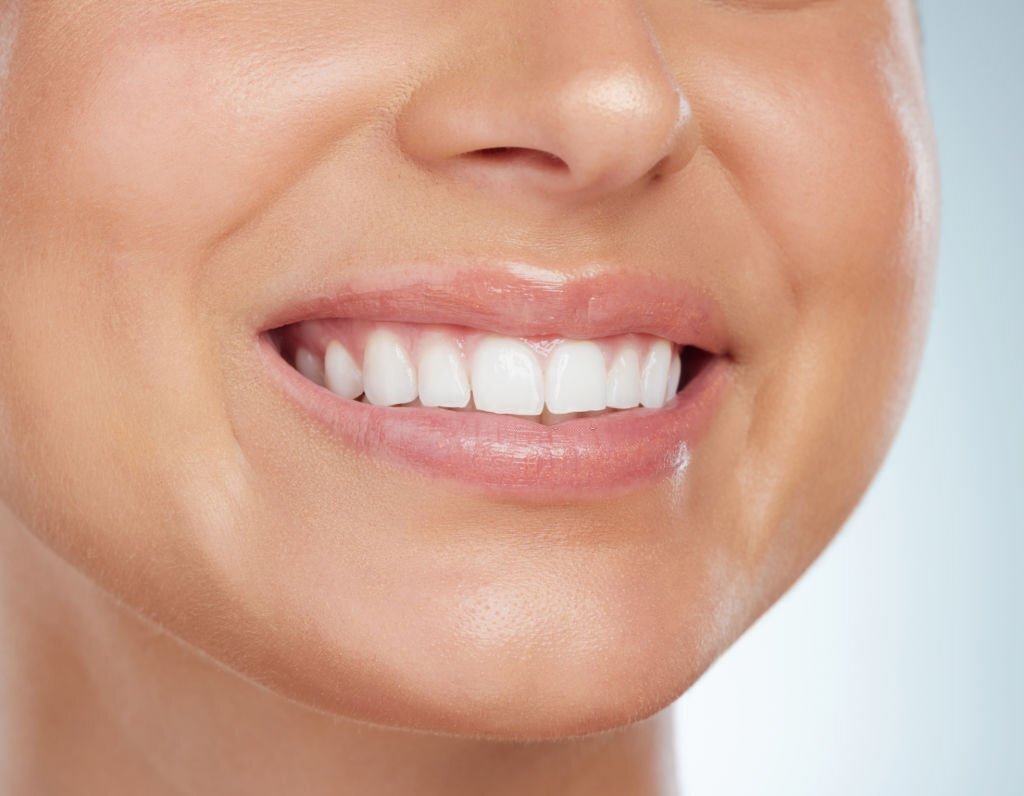Introduction
Oral health plays a crucial role in our overall well-being, but unfortunately, there are several dental myths that can mislead people and negatively impact their dental hygiene habits. In this blog post, we aim to debunk 10 common dental myths and provide evidence-based explanations to separate fact from fiction. By clarifying these misconceptions, we hope to promote accurate dental knowledge and help readers make informed decisions about their oral health.
Myth 1: Sugar is the Primary Cause of Tooth Decay
Explanation: While sugar consumption can contribute to tooth decay, it is not the sole cause. Tooth decay occurs when harmful oral bacteria feed on carbohydrates, including sugars and starches, producing acids that erode tooth enamel. Poor oral hygiene, infrequent dental visits, and consuming acidic foods and beverages can also contribute to tooth decay. Therefore, maintaining good oral hygiene practices, such as regular brushing, flossing, and dental check-ups, is essential in preventing tooth decay.
Myth 2: Brushing Harder Cleans Teeth Better
Explanation: Many people believe that applying excessive force while brushing will lead to cleaner teeth. However, brushing too hard can actually damage tooth enamel, irritate gums, and cause tooth sensitivity. The correct technique involves using a soft-bristled toothbrush and gentle, circular motions to effectively remove plaque and food particles. Remember, it’s the quality of brushing, not the force, that matters.
Myth 3: Dental Treatment Should be Avoided During Pregnancy
Explanation: It is crucial to maintain good oral health during pregnancy, as hormonal changes can increase the risk of gum disease and other dental problems. Routine dental check-ups and necessary treatments, such as fillings or cleanings, are generally safe during pregnancy, especially when coordinated with the healthcare provider. Avoiding dental care during pregnancy can lead to worsening oral health conditions, which may impact both the mother and the baby.
Myth 4: Teeth Whitening Damages Tooth Enamel
Explanation: Professional teeth whitening procedures, when performed correctly, are safe and do not damage tooth enamel. Teeth whitening products use hydrogen peroxide or carbamide peroxide to break down stains on the tooth surface, revealing a brighter smile. However, excessive or improper use of over-the-counter whitening products or non-professional methods can lead to enamel erosion or tooth sensitivity. It’s best to consult with a dentist for safe and effective teeth whitening options.

Myth 5: You Only Need to See a Dentist if You Have Tooth Pain
Explanation: Waiting for tooth pain to occur before seeing a dentist can lead to more extensive and expensive dental problems. Regular dental check-ups are crucial for early detection of dental issues, such as cavities or gum disease, before they cause discomfort. Dentists can identify and treat problems in their initial stages, preventing further damage and potential tooth loss. Preventive care through routine dental visits is key to maintaining optimal oral health.
Myth 6: Baby Teeth Don’t Require Dental Care
Explanation: Baby teeth, or primary teeth, play a significant role in a child’s development. They help with speech, chewing, and the proper alignment of permanent teeth. Neglecting baby teeth can lead to cavities, pain, and potential complications. Parents should begin oral care for their children as soon as the first tooth appears. This includes gentle brushing, regular dental check-ups, and a balanced diet to promote healthy teeth and gums.
Myth 7: Chewing Sugar-Free Gum is as Effective as Brushing
Explanation: While sugar-free gum can have some benefits for oral health, it is not a substitute for brushing. Chewing gum stimulates saliva flow, which helps wash away food particles and neutralize acids. However, gum cannot remove plaque and bacteria as effectively as brushing and flossing. Brushing twice a day with fluoride toothpaste and flossing daily remain the gold standard for maintaining good oral hygiene.
Myth 8: Dental X-Rays are Dangerous
Explanation: Dental X-rays are a valuable diagnostic tool that helps dentists detect and treat dental issues not visible to the naked eye. The radiation exposure from dental X-rays is minimal, especially with modern digital X-ray technology. Dentists take necessary precautions, such as using lead aprons and collars, to ensure patient safety. The benefits of dental X-rays in diagnosing and treating dental problems far outweigh the minimal risks associated with radiation exposure.
Myth 9: Brushing Once a Day is Sufficient
Explanation: Brushing once a day is not enough to maintain optimal oral health. Ideally, you should brush your teeth twice a day, morning and night, for two minutes each time. Brushing twice daily removes plaque buildup, prevents tooth decay, and maintains fresh breath. Additionally, regular flossing and using mouthwash complement brushing by removing plaque and bacteria from hard-to-reach areas, reducing the risk of gum disease and cavities.
Myth 10: Dental Health Only Affects the Mouth
Explanation: Oral health has far-reaching effects beyond the mouth. Research suggests a link between oral health and systemic conditions such as heart disease, diabetes, respiratory infections, and adverse pregnancy outcomes. Maintaining good oral hygiene, including regular dental visits, can reduce the risk of these conditions. Proper oral care is an integral part of overall health and well-being.
Conclusion
By debunking these common dental myths, we hope to provide accurate information that will empower individuals to make informed decisions about their oral health. Remember, it’s essential to rely on evidence-based dental practices, maintain regular dental check-ups, and adopt proper oral hygiene habits for a healthy smile and overall well-being. If you have any concerns or questions, consult with your dentist, who can provide personalized advice tailored to your specific dental needs.


